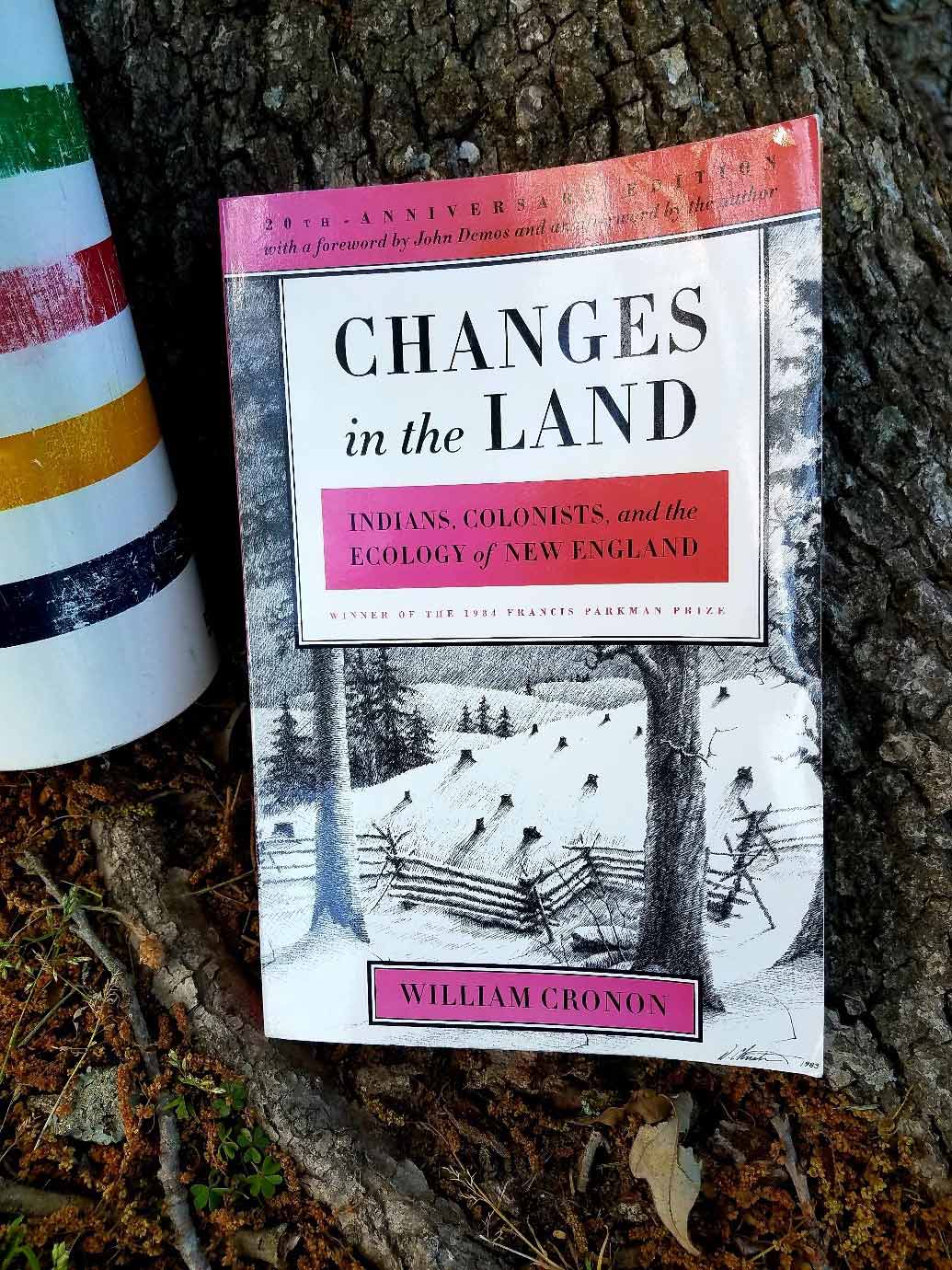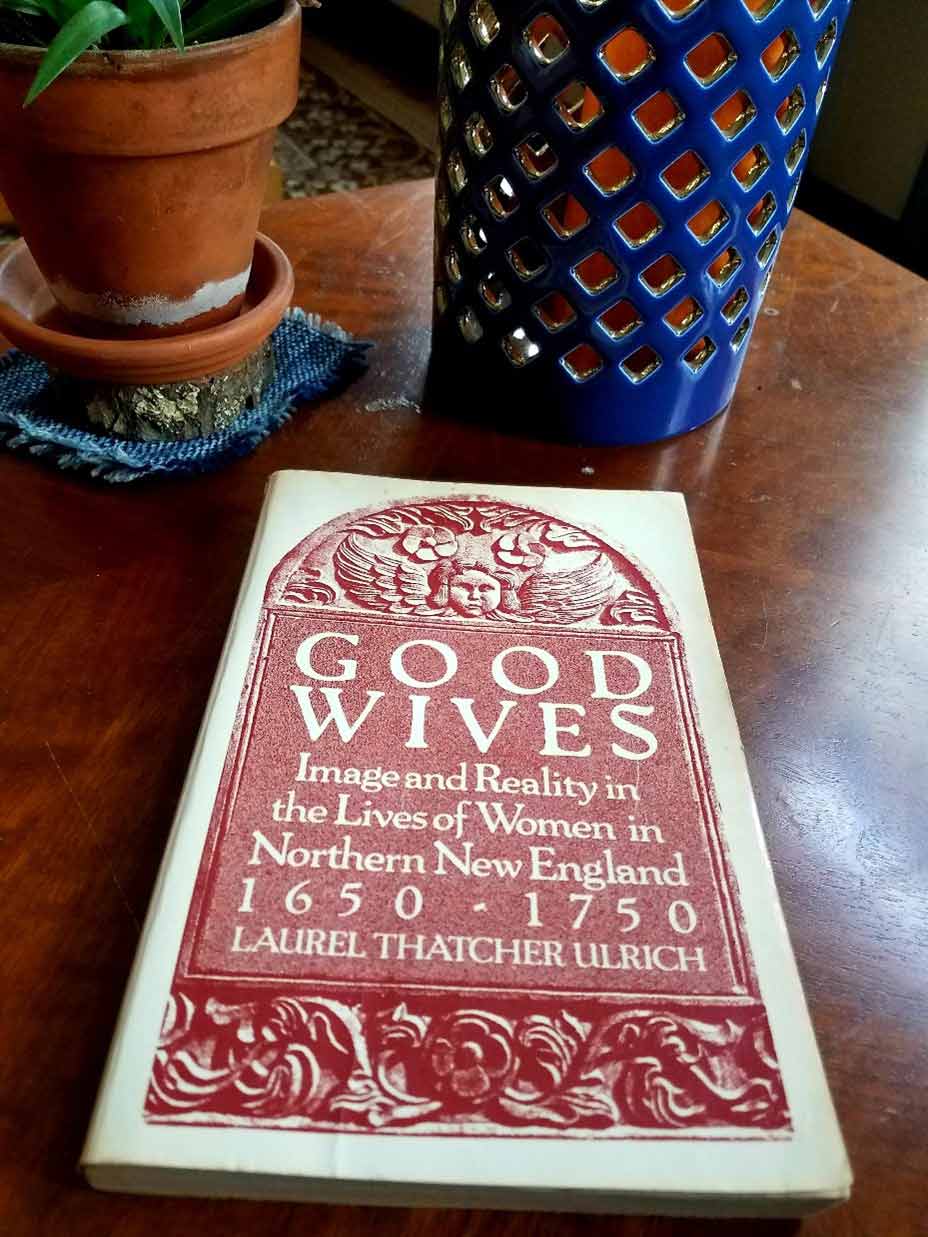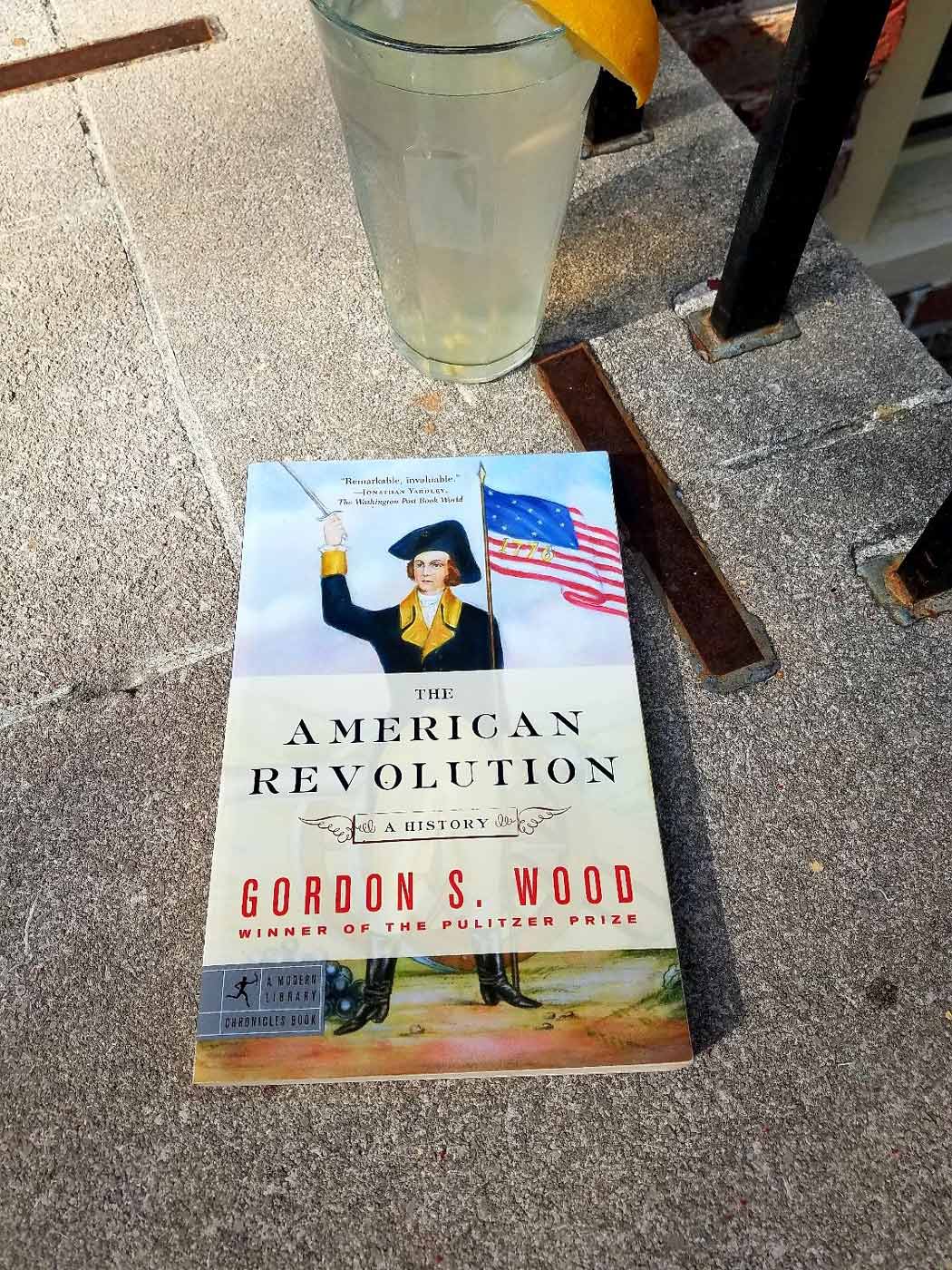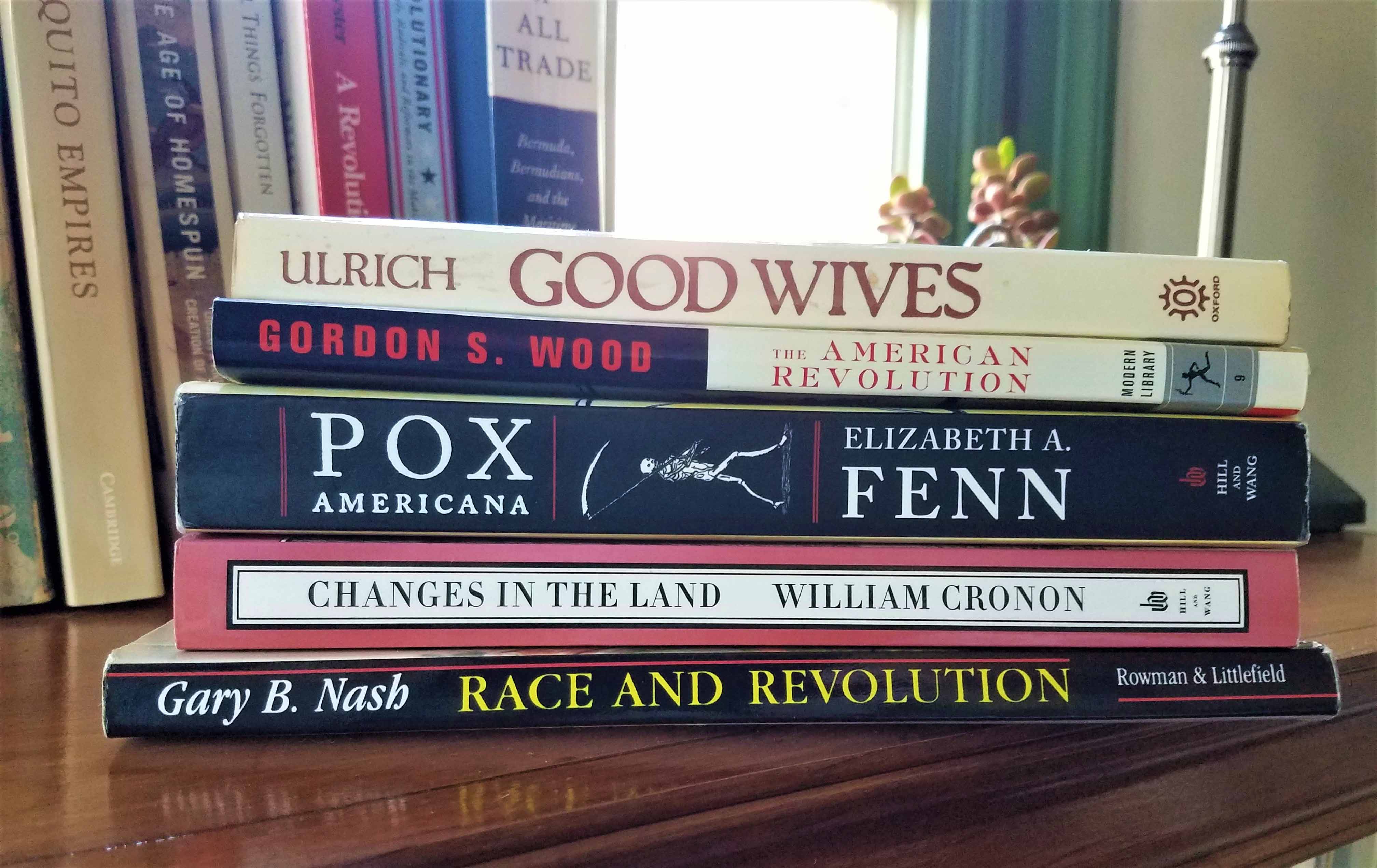In the past eighteen months, reading has likely been something we’ve all spent quite a bit of time on. Certainly, many of us here at Colonial Williamsburg were able to work through stacks of history books, some of them quite lengthy, that we otherwise would have only had time to chip away at.
Reading is critical to our work as historical interpreters. It is essential for us to not only be well versed in the primary sources of the eighteenth century (documents and printed materials created during the period) but to also be conversant with more recent scholarship. These works, or “secondary sources,” can set their subjects in a wider historical context and offer a synthesis of period and secondary sources that you wouldn’t get from reading primary sources alone.
It is through reading books of this sort that we can better situate the people of Williamsburg in the wider world of the eighteenth century and to then share the stories and experiences of those individuals with our visitors.
Unfortunately, when it comes to appealing to a general audience, academic writing often has a reputation for being lengthy, inaccessible, and dull. While this reputation can still be true, it is happily becoming increasingly rare. Below are five history books I personally recommend as being informative, brief, and enjoyable to read. I selected them using the following criteria:
- The text, excluding endnotes or indexes, must be three hundred pages or less.
- They must be well written with an engaging narrative and good prose.
- The subject matter must deal with early America or the period of the American Revolution (ca.1600–1800).
- They must be written by a recognized academic historian or be a work that has contributed significantly to the study and understanding of early American history.
I’m a New Englander by birth and upbringing. Additionally, I did my graduate work at the University of New Hampshire. Therefore, my home bookshelves have a slight New England bias and that is represented in some of the titles listed here. However, the regional nature of these texts doesn’t diminish their relevance or the soundness of the authors’ methodology. It is my hope that these books stimulate your curiosity and, on your next visit, help you to engage in conversation with us about our nation’s past and the lessons that can be learned for the future.
Enjoy!

Changes in the Land: Indians, Colonists, and the Ecology of New England by William Cronon
William Cronon’s groundbreaking book is the first real work of “environmental history” to emerge following the in-depth community studies of the “new social history” movement of the 1960s and 1970s. The book examines the ecological changes that occurred in New England after 1620 and how the introduction of European plants, animals, insects, etc., forever altered the ecosystem of the northeast. However, Cronon stresses that this was not a virgin land, but one that had long been managed and manipulated by the region’s American Indian residents. The interaction of these two communities and their distinct relationships to the land lies at the heart of Cronon’s remarkable study.

Pox Americana: The Great Smallpox Epidemic of 1775–82 by Elizabeth Fenn
Smallpox looms large in our thinking about disease in North America during the period of the American Revolution. It was the ever-present backdrop to events that we remember as the defining moments of our country’s creation. Elizabeth Fenn takes a wide view and examines the impact of the disease throughout North America, placing it in a larger physical context. Smallpox ravaged communities from Virginia’s Tidewater to the Pacific Northwest, from the Gulf of Mexico to Hudson’s Bay, and all of these are considered in relation to one another. The demographic impact of the epidemic is discussed in detail. The parallels with the current pandemic are inescapable and the subject could not be more immediate.

Race and Revolution by Gary Nash
In Race and Revolution, Gary Nash effectively demonstrates how race and slavery were central national issues at the establishment of the United States. In three essays, he addresses the strength of abolitionism in the years surrounding the American Revolution, the ultimate failure of that movement at the framing of the Constitution, and the experience of Black Americans in the early years of the Republic. Each essay is supported by an appendix of primary sources allowing the reader to explore the thoughts and feelings of Black and White Americans through their own words. This is an essential text for understanding the complex history and enduring legacy of race and slavery in America.

Good Wives: Image and Reality in the Lives of Women in Northern New England 1650–1750 by Laurel Thatcher Ulrich
Laurel Thatcher Ulrich, perhaps most widely known for A Midwife’s Tale, examines the day-to-day lives and experiences of the ordinary women of colonial New England. Reconstructing their lives through available sources, she demonstrates how women defined and simultaneously fulfilled the interconnected roles of housewife, deputy husband, consort, mistress, neighbor, Christian, and heroine. Ulrich argues that it was through these roles that women exerted agency and influence in what was an inherently patriarchal society. While acknowledging that “there can be no simple explanation of female status because that status is in itself so complex,” Ulrich effectively, and rightfully, places women as multidimensional actors into the historical narrative of the colonial period.

The American Revolution, A History by Gordon Wood
Gordon Wood is one of the country’s foremost historians and has produced some of the most in-depth studies of the political culture of the American Revolution (The Creation of the American Republic, 1776–1787 and The Radicalism of the American Revolution). This concise work is a synthesis of existing scholarship and broadly examines the American Revolution from its origins through the creation of the Constitution. Wood offers an excellent overview of the politics of the Revolution, the economic and social contributing factors, the War for Independence, and the struggles of the post-war world. No less valuable is the outstanding bibliographic essay which offers opportunities for further reading.
John Welch, Apprentice Shoemaker, holds an MA in History from the University of New Hampshire, and has fourteen years’ experience working in the museum field in both the United States and Canada. When not making shoes and studying history; he enjoys cooking, hiking, and traveling with his wife, Annie.
Further Reading
Cronon, William. Changes in the Land: Indians, Colonists, and the Ecology of New England. New York: Hill and Wang, 1983.
Fenn, Elizabeth A. Pox Americana: The Great Smallpox Epidemic of 1775–82. New York: Hill and Wang, 2001.
Nash, Gary B. Race and Revolution. Lanham: Rowman & Littlefield Publishers, Inc., 2001.
Ulrich, Laurel Thatcher. Good Wives: Image and Reality in the Lives of Women in Northern New England 1650–1750. New York: Oxford University Press, 1980.
Wood, Gordon S. The American Revolution, A History. New York: Modern Library, 2003.
Colonial Williamsburg is the largest living history museum in the world. Witness history brought to life on the charming streets of the colonial capital and explore our newly expanded and updated Art Museums of Colonial Williamsburg, featuring the nation’s premier folk art collection, plus the best in British and American fine and decorative arts from 1670–1840. Check out sales and special offers and our Official Colonial Williamsburg Hotels to plan your visit.
